bfdadmin
Dr Brandon Nelson, A Board Certified Foot & Ankle Physician & Surgeon, Discusses Achilles Tendon Pain
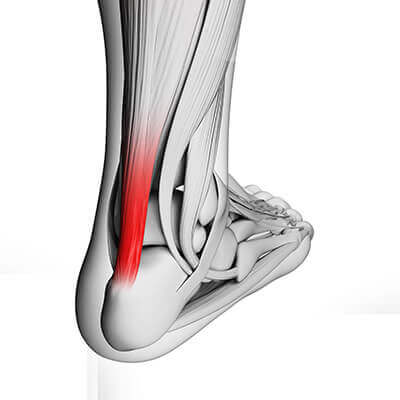
If you are an athlete at some point you have probably experienced Achilles tendon pain. Most people will have this type of ankle pathology after starting a new program or ramping up their current workout schedule. I personally have dealt with some insertional Achilles tendon pain and will give some insight as to what can be done to get you back to full speed.
It is important to know that the Achilles tendon is the biggest, thickest and strongest tendon in the human body. It has more pressure per square inch than any other tendon and is constantly under load and tension. Every time you step the Achilles tendon fires so it rarely has an opportunity to relax. This is the primary reason it is common to have tendonitis in this location.
Other factors contributing to this can be related to training issues or foot structure issues. Training issues are usually related to plunging into new techniques or training to hard. It is important to build up to new levels and allow adequate recovery to prevent tendonitis. I also am a big proponent of stretching and icing as this can speed recovery. Foot structure or anatomical design can also have a role in this pathology. Oftentimes patients will have a tight calf that they were born with. It is important to establish a stretching protocol that encourages at a minimum of 3 times a day. Other foot structures that cause Achilles issues are high arched feet or the cavus foot. These type of feet tend to overload the Achilles.
If you are suffering from Achilles tendon pain I can help get you back to full speed. Give us a call today at 425-391-8666 or make an appointment online.
Sincerely,
Board Certified Foot & Ankle Physician and Surgeon
Dr Brandon Nelson, A Board-Certified Foot & Ankle Surgeon, Discusses Bunion Surgery
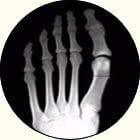
Bunions can become quite painful and make walking or exercising difficult. Additionally, shoe gear can become increasingly hard to find as the foot begins to widen. Most bunions are genetic in origin, however shoe gear and increased pressure can cause an acceleration of their growth. It will usually get to a point where one needs to consult a bunion expert and come up with a management plan. I normally consult on more than a few bunions per week and can help patients make decisions with what would be best with there current situation.
Conservative care may be an option for some people. I have taken over 10 years and developed a protocol that can provide significant pain relief and help slow the progression of a bunion. I typically will start with an x-ray and then go through all the options available for an individual patient. Even if you have seen another physician, it can be quite helpful to have a second opinion.
Surgery is also an option that can work very well for some people. I believe the most important step in this process is what a patient’s goals are. It is important to note the only way a bunion can be reduced in size is surgical. There are many different surgical options, and I will always take you through what is most appropriate in your circumstances.
If you have a bunion and would like a consultation, please call and schedule one today. I look forward to helping you.
Sincerely,
Board Certified Foot & Ankle Surgeon and Physician
Dr. Brandon Nelson, Board-Certified Foot and Ankle Surgeon, Discusses 3-D Bunion Correction

Bunions are by far the most common surgical procedure I perform. At this point in my career after practicing more than 10 years, I have performed thousands of bunion procedures. Bunion surgery itself is a highly successful procedure that has great outcomes and patient satisfaction.
The 3-D bunion correction or lapiplasty is a great tool that has accelerated the bunion surgery techniques. I find the procedure itself can be easily reproducible and has great long-term success. This is a great tool for large bunions and for patients that have had long-standing bunion deformities. It is important to see somebody but has experience performing this technique, because there are some technical challenges.
The Lapidus or lapiplasty is a most common bunion procedure I perform and I have found it to be extremely powerful surgical tool. If you have a long-standing bunion deformity and have had pain and irritation and are contemplating surgical reconstruction please make an appointment. I will happily review your x-rays and possible surgical options.
Sincerely,
Board-certified Foot and Ankle Physician and Surgeon
Dr. Timothy Young, a Board-Certified Foot Surgeon, Discusses Evaluation of Bone Healing Status
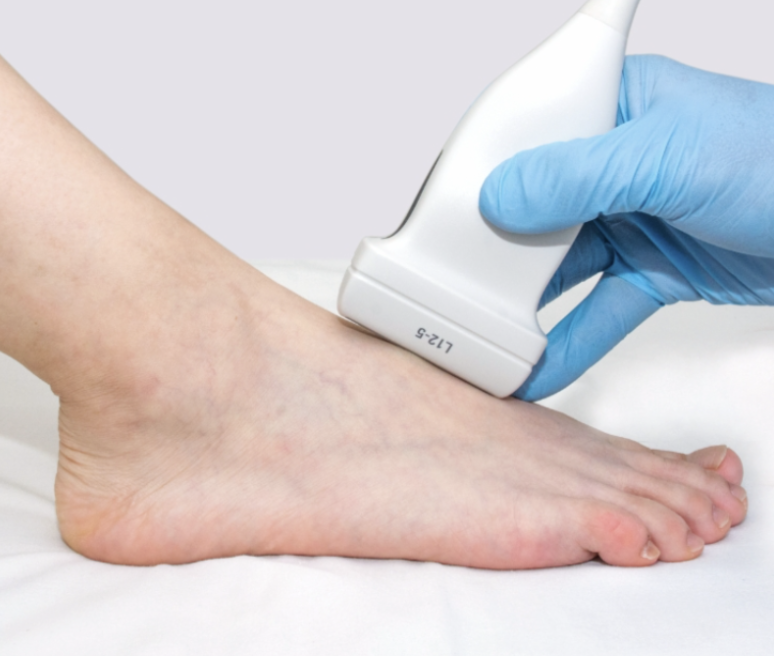
Dr. Timothy Young, a board-certified foot surgeon, discusses evaluation of bone healing status.
How does your surgeon know when bone healing is adequate for unprotected weight-bearing for example if you have had bunion surgery and the bones were cut (osteotomy), then it’s important to stay in a protected boot or surgical shoe until there’s adequate bone healing. Typical bone healing takes approximately eight weeks for a healthy adult that can be less for young adult or teenager. X-rays can be helpful. A CT scan also can be helpful but can be quite expensive and often has artifact due to retained hardware causing magnetic interference with the imaging. One additional tool that I like to utilize is ultrasound imaging.
Ultrasound imaging can show subtle areas of bone bridging that you cannot see with a conventional radiograph. X-ray findings often lag behind the actual bone healing status. So, determining bone healing is always a challenge and based on a number of different indications such as age and health of the patient, appearance of x-rays, and post operative time frames. Oftentimes I can get a better assessment of the actual bone healing by utilizing ultrasound imaging. This often allows me to have our patients get out of their boot or cast earlier and then if I had to rely on x-rays alone.
If you are experiencing foot or ankle pain, give us a call today at 425-391-8666 or make an appointment online.
Dr. Timothy Young, Board Certified Foot Surgeon, Discusses Maximal Recovery After an Ankle Sprain

Dr. Timothy Young, board certified foot surgeon discusses maximal recovery after an ankle sprain
How does a runner know when they’re fully recovered from an ankle injury?
Ankle sprains often in result in total or partial tearing of the ankle ligaments.
Most commonly this is the anterior talofibular ligament or ATF ligament.
For third degree sprain remaining off the ankle for 3-4 weeks is ideal. What about after that timeframe. Wearing a brace initially to protect the ankle from repeat injury is helpful and physical therapy can be helpful. Other rehabilitation options include using a stationary bike or aqua jogging. Balancing exercises or proprioceptive exercises are also helpful.
But when do you know when you can return to running such as trail running
Sometimes it is knowing when you have a confidence than your ankle will hold up over uneven terrain. A very good benchmark for knowing when you can return to running and especially trail running, is when you can run up and downstairs without grabbing the handrail. Your body unconsciously is giving you a " go ahead". This is a crude but actually very accurate indicator of when you have adequate strength and recovery in the ankle and confidence in your proprioceptive - balance reflex.
If you are experiencing foot or ankle pain, give us a call today at 425-391-8666 or make an appointment online today.
Dr. Brandon Nelson, Board-Certified Foot and Ankle Physician and Surgeon, Discusses Heel Pain in Kids and Adults

Pediatric heel pain or kids with heel pain are a common presentation. This heel pain is often correlated with the start of new activities or any sport season. The most common sports that heel pain occurs with children are basketball and soccer. Basketball seems to make sense as the hardwood floor can be tough and with soccer cleats seem to be an aggravating factor. It is important to have your child properly evaluated for heel pain, however the most common cause is inflammation of the growth plate. These growth plate issues are easy enough to diagnose based on clinical evaluation and radiographic findings. It is important to have x-ray heel pain because there are other causes and the treatment is tailored towards the specific pathology. Traditionally with proper implementation of a treatment plan, heel pain is usually amenable to conservative measures including clear fairly quickly.
Adult heel pain by far is most commonly caused from plantar fasciitis. Plantar fasciitis usually involves an inflammation of the plantar fascia or the supporting network of the bottom of the foot. There are many common clinical symptoms that we see each year including pain after rest or burning throbbing type sensation of the heel. Typically for adults this heel pain starts in one heel and gets worse with activities and time. Again it is important to have a thorough workup including radiographs or ultrasound examination of the heel. I believe it’s important to get in and see a foot and ankle physician fairly early in this process as this makes treatment easier. Again the majority of patients with this pathology clears up with conservative measures and returned activities.
If you suffer from heel pain or trauma suffering from heel pain I can help. Please feel free to contact the office and we will get you back on your feet pain-free. Give us a call today at 425-391-8666 or make an appointment online today.
Dr. Brandon Nelson, Board-Certified Foot and Ankle Physician and Surgeon, Discusses Chronic Heel Pain
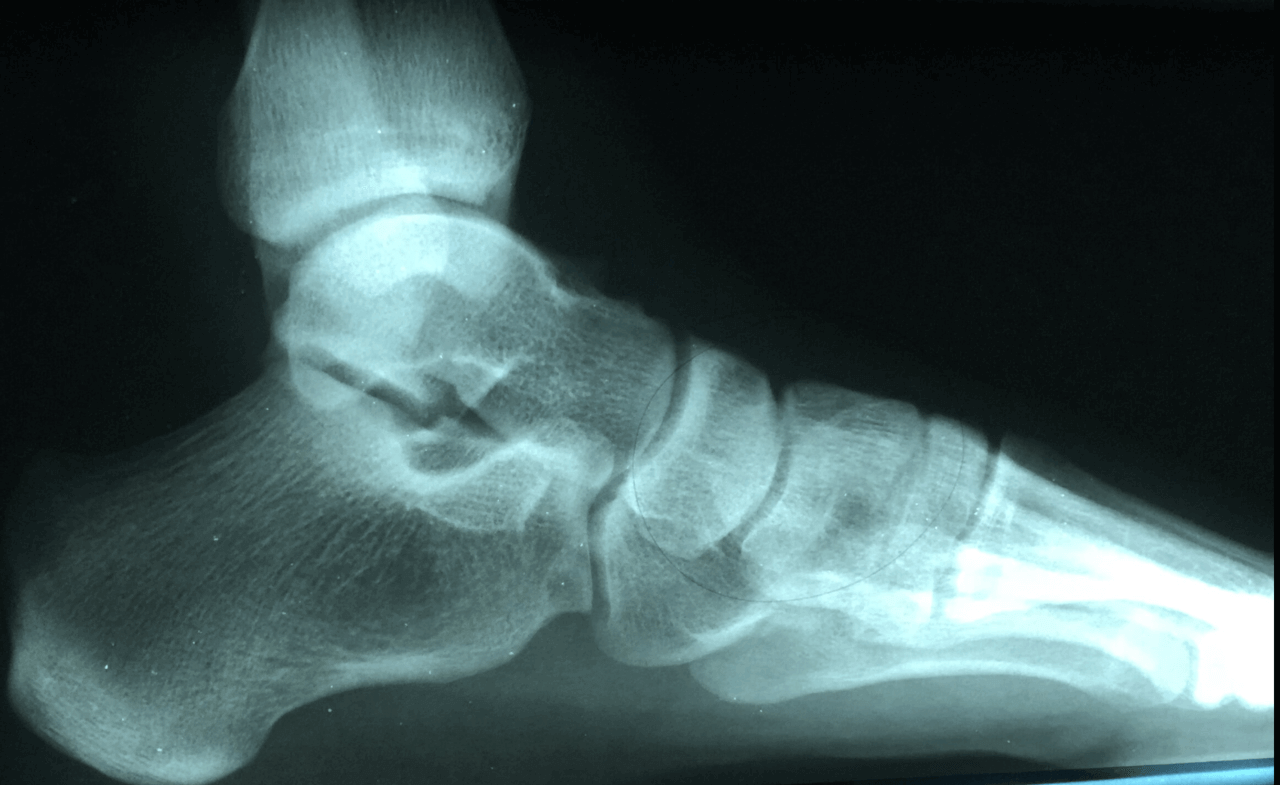
Important distinction should be made between both acute and chronic heel pain. Most physicians consider acute heel pain something that is 4-6 weeks old in nature and still has the ability to resolve on its own and often doesn’t take a lot of intervention. These are the typical patients I can ice and stretch and find a fair amount of relief. However there is a different category of patients ones where the heel pain becomes chronic and these are much harder to treat.
Chronic heel pain is usually described as anything over 6 weeks in nature and oftentimes fairly debilitating. I see quite a few patients that often times have heel pain that has been around for more than a year and regardless of stretching and icing. Chronic heel pain is a different animal and normally requires some sort of biological intervention. I think it is important to address the nature of the chronic heel pain and an MRI to evaluate whether or not a tear is present can be highly beneficial.
If you are suffering from heel pain and this has been going on for months to years I can help. First it is important to identify the underlying causes and at this point implementing a treatment plan that can be curative. Give us a call at 425-391-8666 or make an appointment online today.
Sincerely,
Board-Certified Foot and Ankle Physician
Dr. Timothy Young, a Board-Certified Foot Surgeon, Discusses the Latest Treatment for Painful Plantar Warts
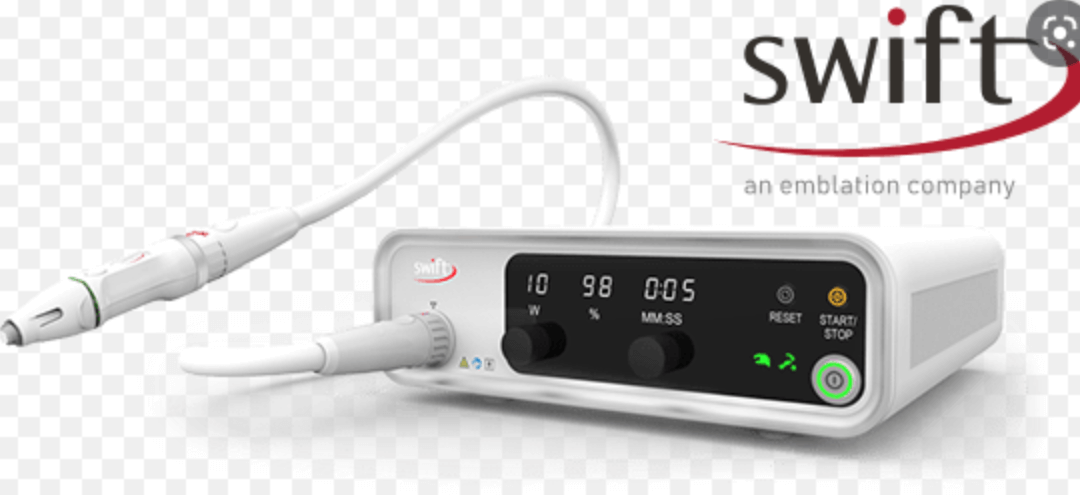
Dr. Timothy Young, a board-certified foot surgeon, discusses the latest treatment for painful plantar warts.
Our clinic has acquired a Swift laser device specifically for persistent plantar verruca. We have over 12 months experience with this and has been very effective for verruca treatment. This is one of the fastest treatments and does not require injections or surgery. There is no open wound. Typical treatments are done at 3–4 week intervals. Now that we have this treatment option it is rare to need more aggressive treatment such as surgical excision. We do have one more treatment option at our clinic and that is bleomycin injections. Plantar warts have their own blood supply through a process called angioneogenesis. The bleomycin targets the additional vascular network that verruca have and therefore the verruca are not able to continue being viable and a blood blister forms and the verruca resolves. If you have are resistant plantar wart please let us know.
Give us a call at 425-391-8666 or make an appointment online today.
Dr. Brandon Nelson, Board-Certified Foot and Ankle Surgeon, Discusses the Management of Morton’s Neuromas
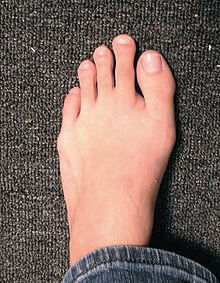
Morton’s neuromas or interdigital neuromas are usually from a compression of the nerves in the front of the foot. Oftentimes characterized as burning or pain that’s exacerbated by walking or tight shoes. A number of different etiologies have been described to decrease blood supply progression to irritation from bursa or the intermetatarsal ligament. The majority of these neuromas occurr in the third interspace, about 70% of the time and in the second interspace about 30% of the time. It is most common to have a single neuroma however some patients have multiple neuromas. There are multiple studies on the best conservative measures.
Conservative measures range from orthotics, footwear adjustments, corticosteroid injections, alcohol injections, radiofrequency or even cryoablation. Conservative management continues to be the mainstay of neuroma therapy. Oftentimes it can take months before your neuroma feels better depending on the size and location. There are a few people that have multiple Morton’s neuroma and an MRI can be highly valuable.
Surgical management usually consists of removal of the nerve. This is generally done to the top of the foot and has a fairly short recovery as compared to other foot and ankle surgeries. Sound physicians go to the bottom of their feet just depending on experience and discomfort levels. The overall success rate with surgical management is high, if conservative measures have failed, it is the appropriate next step.
If you’re suffering from neuroma pain make an appointment today and I can help. Give us a call at 425-391-8666 or make an appointment online today.
Sincerely,
Board-Certified Foot and Ankle Physician and Surgeon
Dr. Brandon Nelson, Board-Certified Foot and Ankle Surgeon, Discusses Capsulitis of the foot or Metatarsalgia

Capsulitis and metatarsalgia are generic terms for pain in the front of the foot or what we call forefoot pain. This pain is often described as burning tingling or numbness or stabbing pain that increases with activity or ambulation. There doesn’t have to be a history of any trauma or previous injury however there usually are other foot problems that are present. These other problems can include a bunion or a tight calf muscle or deviated toes. These can contribute to forefoot overloading which ultimately lead to capsulitis or metatarsalgia.
Capsulitis typically refers to inflammation of the joint for multiple joints in the front of the foot. Often times this joint is the second toe and can begin to swell increasing irritation around the joint. As the swelling gets worse it can begin to push on the nerves in the front of the foot and present with increased numbness and tingling that can often mimick neuroma. Neuromas are not typically in this location are more common in the third, however it is important to differentiate between the 2 as the treatment is different.
Metatarsalgia is more of a generic term for pain in the metatarsal bones. There are 5 metatarsal bones in the foot and typically the first metatarsal can cause pain and irritation. It is not uncommon to have arthritis in these joints that can also cause a great deal of pain.
I recommend anybody with forefoot pain make an appointment to decrease the likelihood of continued or progressive pain. Give us a call today at 425-391-8666 or make an appointment online.
Sincerely,
Board-Certified Foot and Ankle Physician



